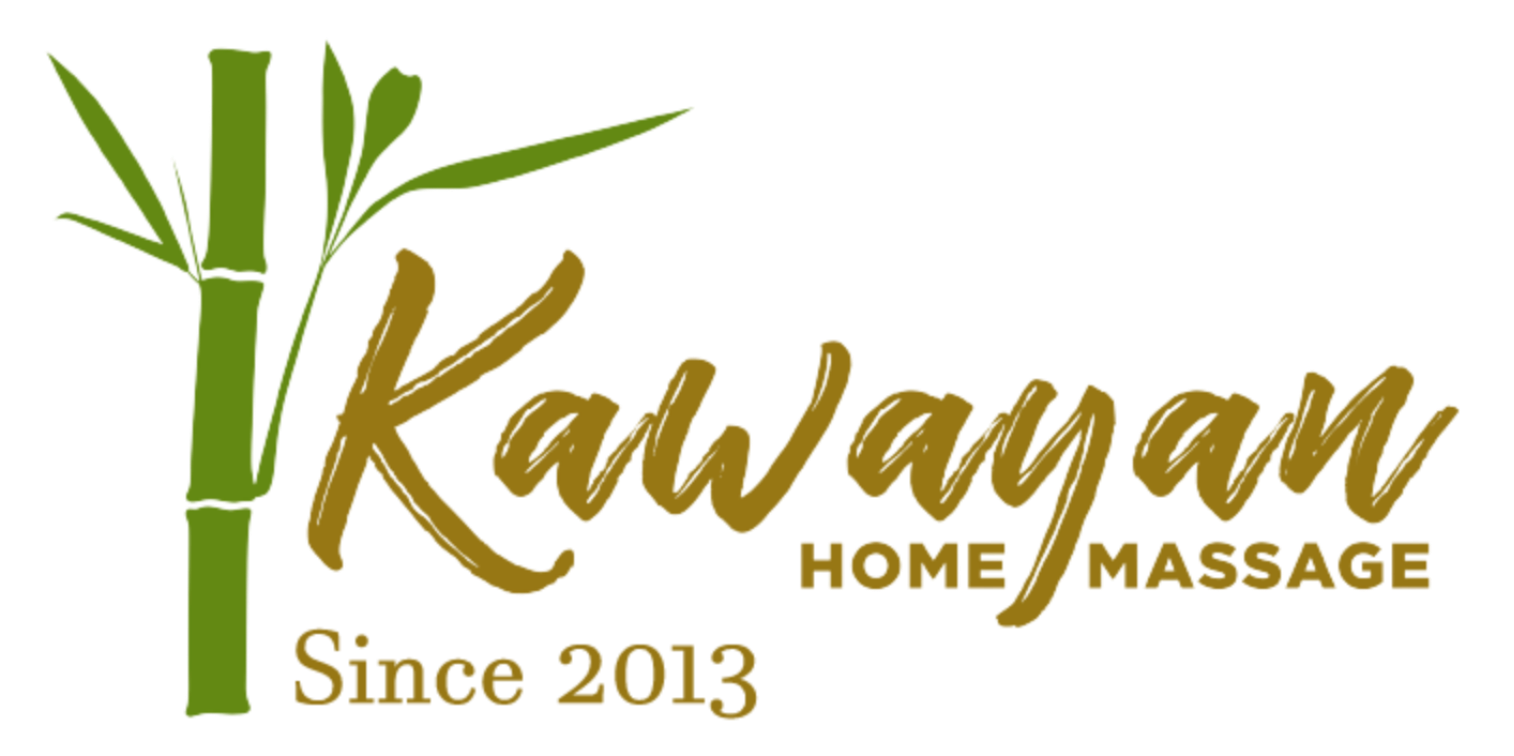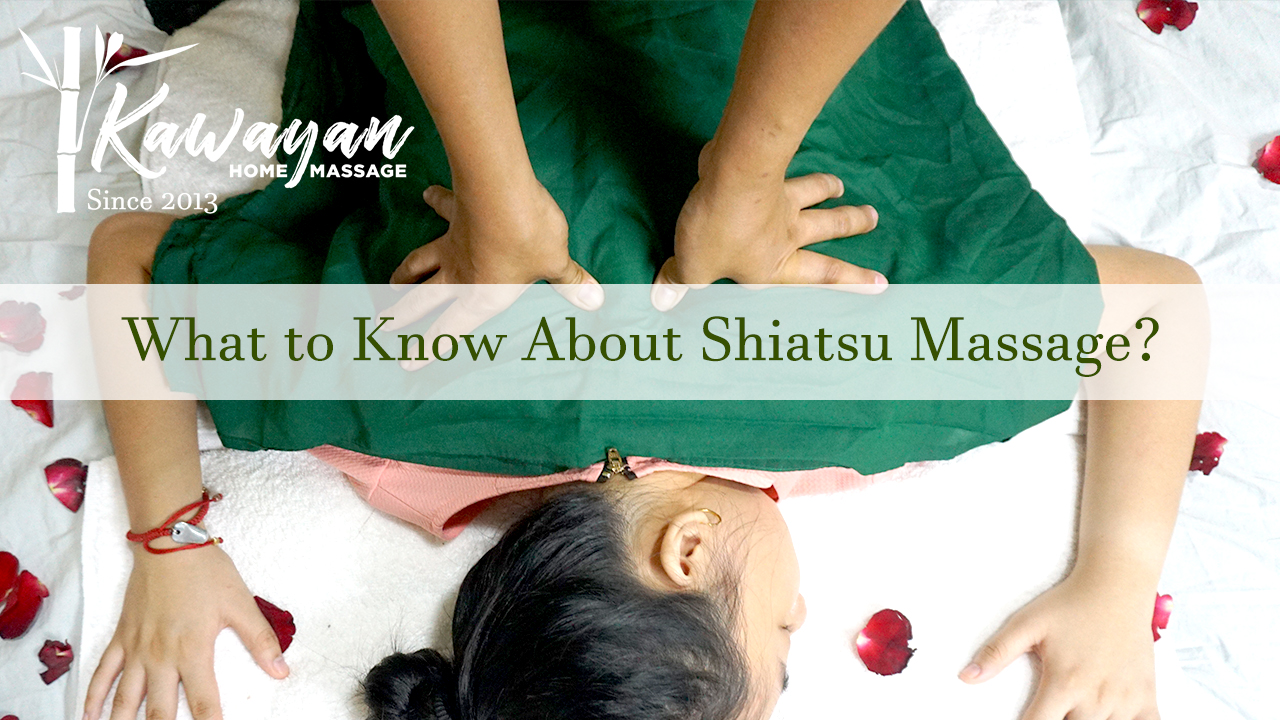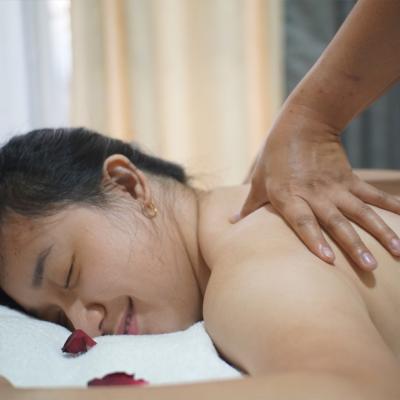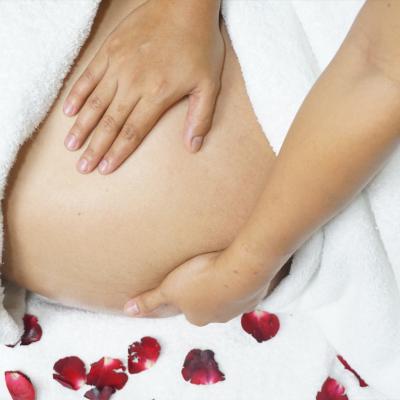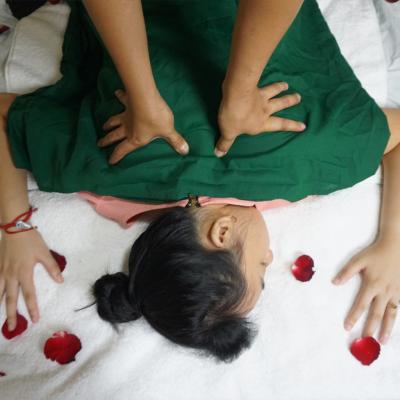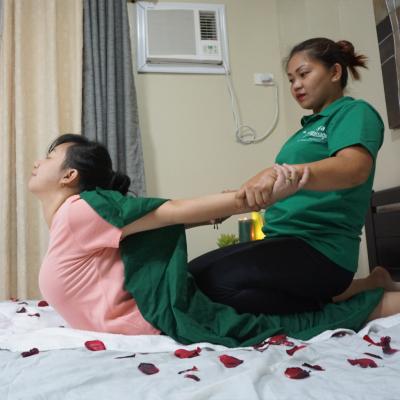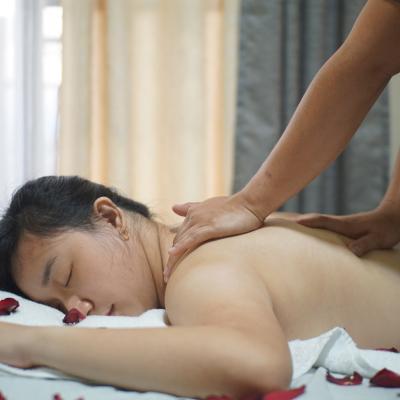What is Shiatsu massage?
The bodywork known as Shiatsu originated in Japan. It combines western medical knowledge with ancient manual remedies from Japan, including acupuncture and the antiquated massage technique known as ANMA.
Shiatsu is viewed by medical professionals as a modified version of acupressure, a massage technique that includes applying pressure to certain body points to improve blood and lymphatic circulation and relieve stress and exhaustion.
The idea of qi is the foundation of Shiatsu. The vital life energy known as qi is the basis for all life activity in traditional Chinese medicine. It holds that when qi flows freely, health results. Body aches, headaches, and digestive problems can occur when it becomes insufficient or obstructed.
Shiatsu is a type of massage that applies direct pressure to different spots or channels on the body using the hands, thumbs, or other body parts. It does not utilize oils and is performed via loose garments.
The practice of massage has been around for a very long time. Shiatsu is one of the numerous massage techniques individuals use for relief, healing, and relaxation.
To balance or unblock the flow of energy, a Shiatsu therapist applies pressure on the body's meridians, areas of the body thought to be energy channels (qi).
Shiatsu, which literally means "finger pressure," can also be applied with the palms, elbows, and even the feet by a Shiatsu practitioner to ease pain and tension in the body along energy lines or channels.
What to Expect During a Shiatsu Massage?
A Shiatsu practitioner checks the patient and gauges their qi state before the session to plan it. Depending on the person's general energy level, the presence of blockages, and other factors, the practitioner may use a variety of protocols.
For instance, the practitioner may utilize techniques to reawaken or increase the circulation of the blood and qi when a patient has low energy levels. They might apply strategies to diffuse extra energy in stressed-out and worried people in the interim.
Practitioners use their thumbs, fingers, palms, and knees to perform physical techniques like holding, stretching, tapping, pressure, kneading, and soothing. Additionally, they might perform more joint mobilizations, rotations, and body stretches.
The therapist may occasionally urge the patient to adjust their position so that they can focus on particular meridian spots where energy is stagnant or blocked.
Instruments and oils are not used in Shiatsu. Individuals are completely clothed and typically lie on a futon mat that is laid on the floor, though it is also usual to recline on a massage table throughout a session.
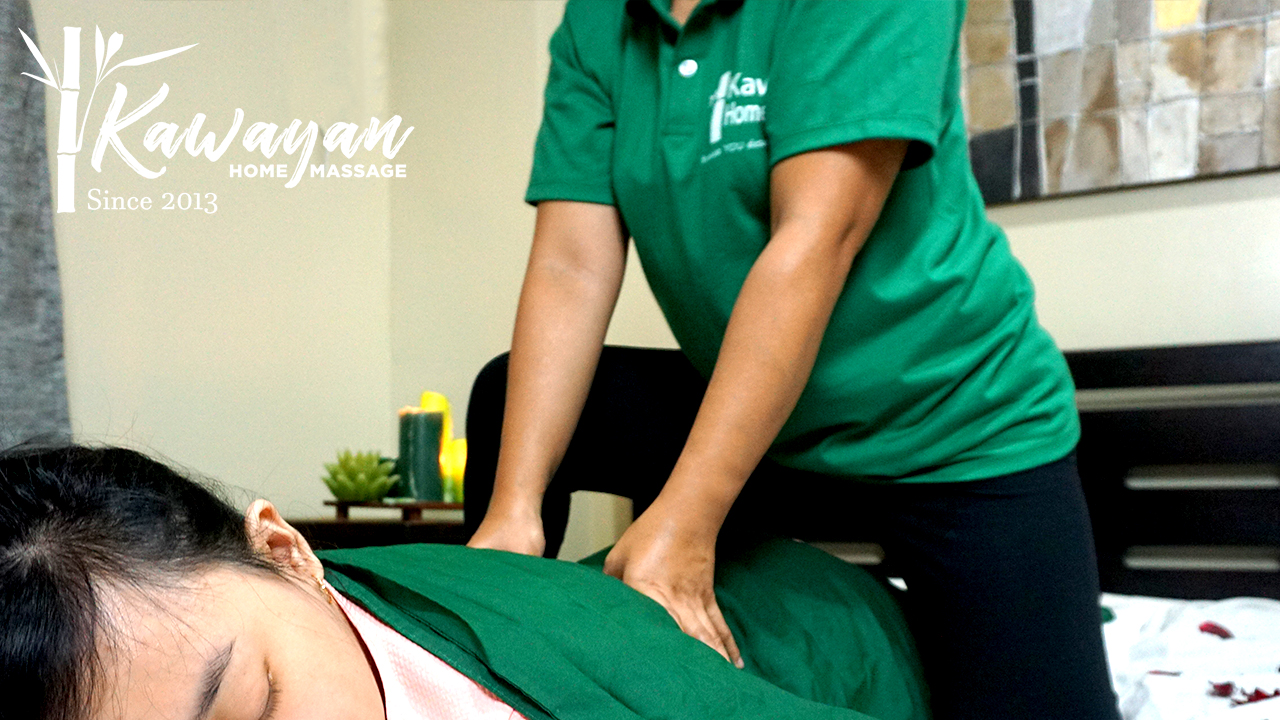
Benefits
Shiatsu is a type of holistic therapy that influences a person's internal energy system to improve their overall health. It says it can assist with:
- faulty posture
- joint issues like arthritis
- aching muscles
- gastrointestinal and bowel issues
- sports accidents
- asthma
- Hash fever
- persistent colds
- skin problems
- sciatica
- both sudden and recurring pains
- fatigue
- skeletal tension
- sinusitis
- bronchitis
- anxiety
- depression
- insomnia
- perimenopause syndrome
- weak libido
The use of Shiatsu in the majority of these illnesses is supported by just a small body of scientific evidence.
A 2019 study, however, discovered that adding Shiatsu to routine care for low back pain improves symptoms and quality of life right away.
In young people with chronic pain, hand self-Shiatsu, a self-application form of Shiatsu, also encouraged sleep. Similar studies showed that the method was successful in treating young athletes who had concussions due to sports. Veterans and their families experienced the same effects, according to a study from 2021.
It was also effective in inducing spontaneous labor in women with post-term pregnancy.
Risks
Shiatsu is typically seen as secure. Some individuals, though, might need to avoid it. Those with the following conditions are among them:
- a severe ailment or fever
- osteoporosis
- going through chemotherapy
- blood pressure is high.
- arrhythmia
- unmanageable diabetes
- broken bones
- newest scars or wounds
- present skin lesions
- inflamed regions
- enlarged veins
- the blood cancers
- influenza and chickenpox viruses
- disc herniation
- spondylitis with ankylosing
Before receiving Shiatsu or any other sort of massage, people with severe problems should first speak with their doctors.
Shiatsu vs. other massage types
Shiatsu is comparable to other forms of massage. It does, however, also use techniques that set it apart from other traditional massage styles.
Shiatsu vs. Swedish massage
Both Swedish massage and Shiatsu use the hands and palms to manipulate the body manually. However, Swedish massage uses methods including effleurage, petrissage, percussion, and friction which are different from those employed in Shiatsu. Additionally, the oil must be used for Swedish massage treatments.
Swedish massage concentrates on the muscles and connective tissues, whereas Shiatsu concentrates on pressure points. Because of this, therapists can let clients choose the intensity or level of their massage.
Shiatsu vs. Thai massage
Shiatsu and Thai massage are both forms of dry massage. While they both aim to enhance the body's energy flow, their roots are in very distinct traditional techniques.
Both utilize energy flows, although their main areas of emphasis are different. Shiatsu emphasizes applying deep pressure to the meridians, whereas Thai massage emphasizes stress reduction, circulation improvement, and flexibility enhancement. Thai massage is frequently referred to as aided yoga because of this.
Shiatsu vs. deep tissue massage
In contrast to Shiatsu, which treats the body holistically by regulating energy flow, deep tissue massage concentrates on particular areas like sore muscles and long-term muscle tension.
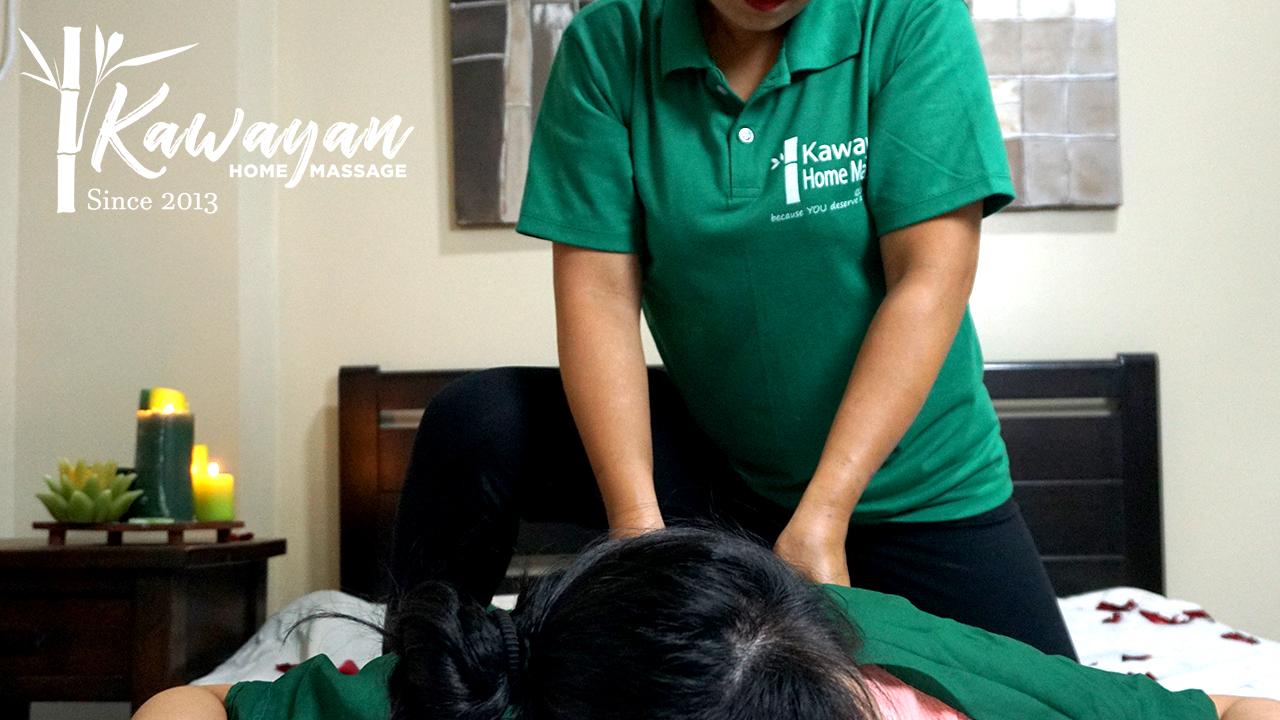
Frequently Asked Questions
Here are a few often-asked queries concerning Shiatsu massage.
Is Shiatsu massage painful?
Shiatsu rarely causes discomfort. It applies focused pressure that is strong. There might be some spots, though, where the doctor applies additional pressure.
DMS, or delayed onset muscle soreness, usually lasts for 24 to 48 hours following the session. Some specialists claim that DOMS may be the result of small muscle fiber breaks that can happen during exercise, and that this pain is caused by the mending process.
What’s the difference between Shiatsu and aShiatsu massage?
Shiatsu and aShiatsu have their roots in Japan. They both employ pressure in their practice and have traditional Chinese medicine influences. Both seek to revitalize, stabilize, or renew energy conduits.
Practitioners apply pressure on clients in different ways. Shiatsu uses the terms "ashi" for foot and "shi" for finger. AShiatsu, commonly known as barefoot massage, includes applying deep compression, assisted stretching, and strokes with bare feet.
